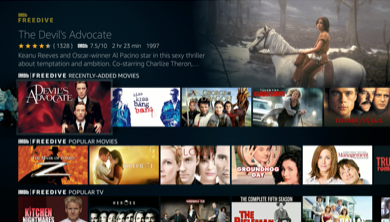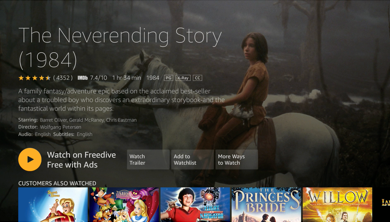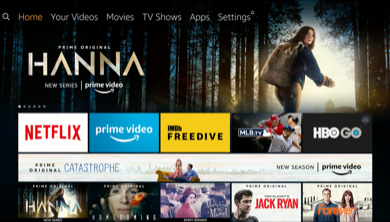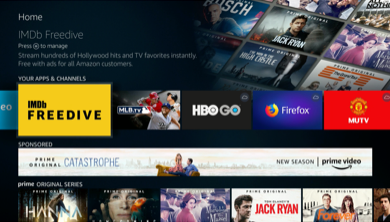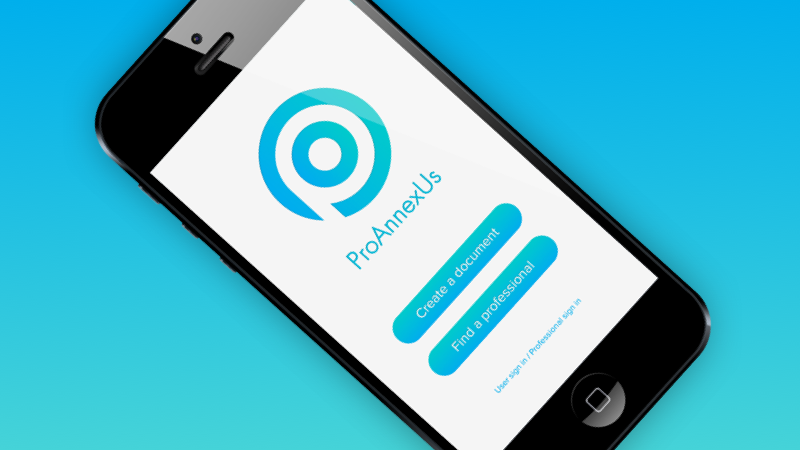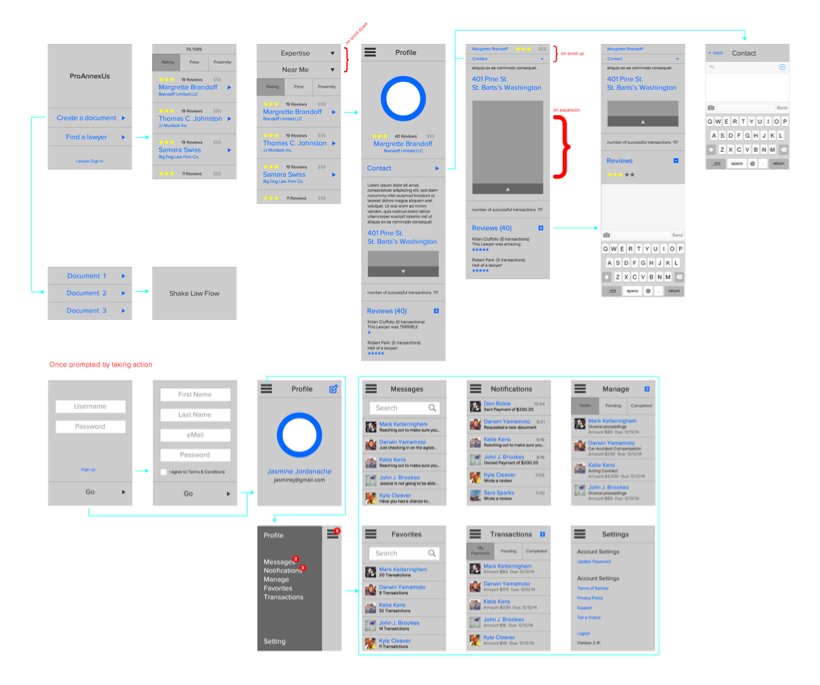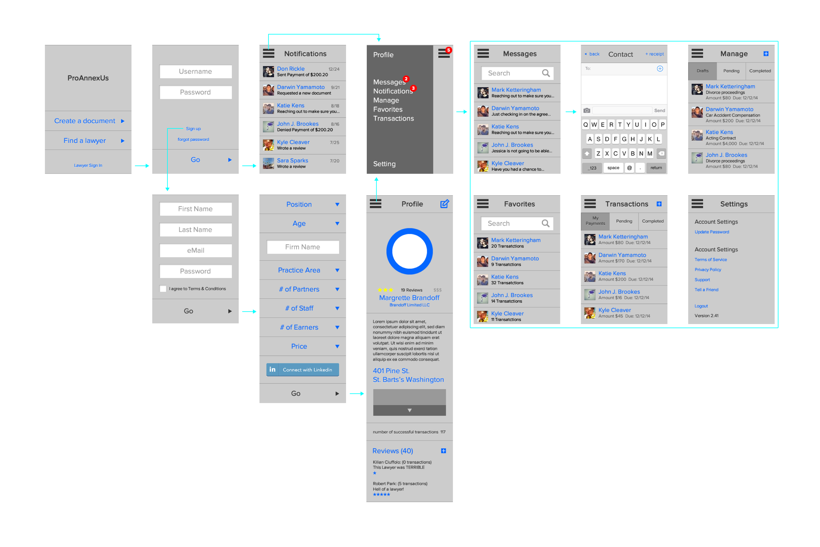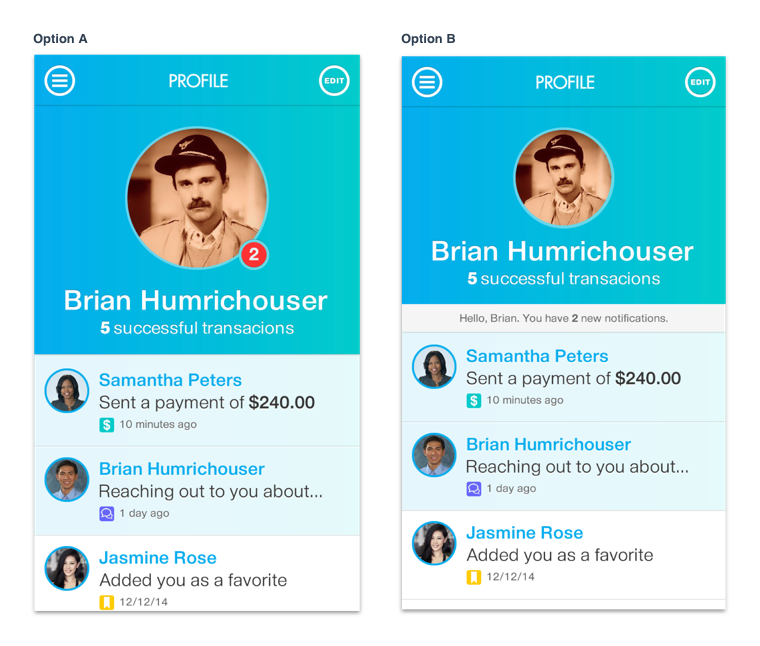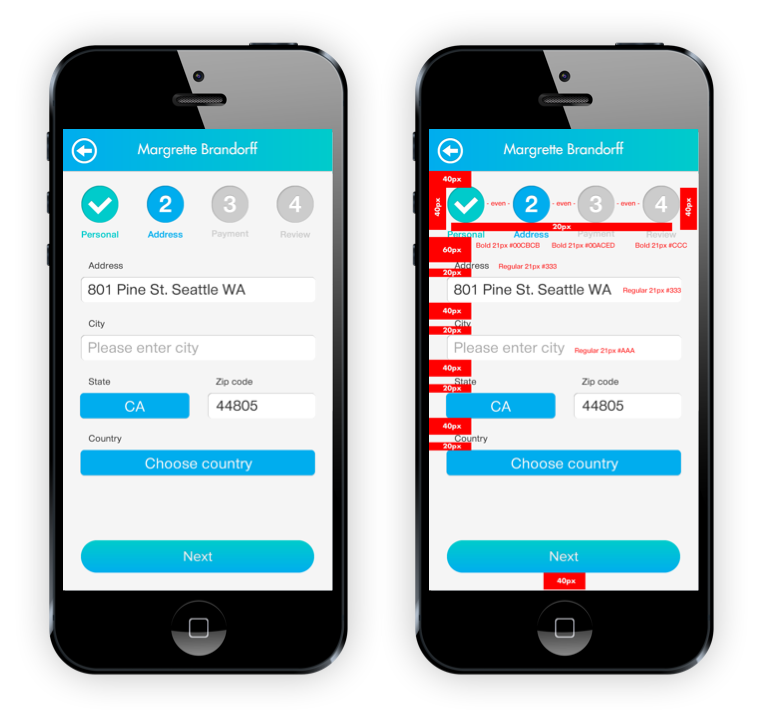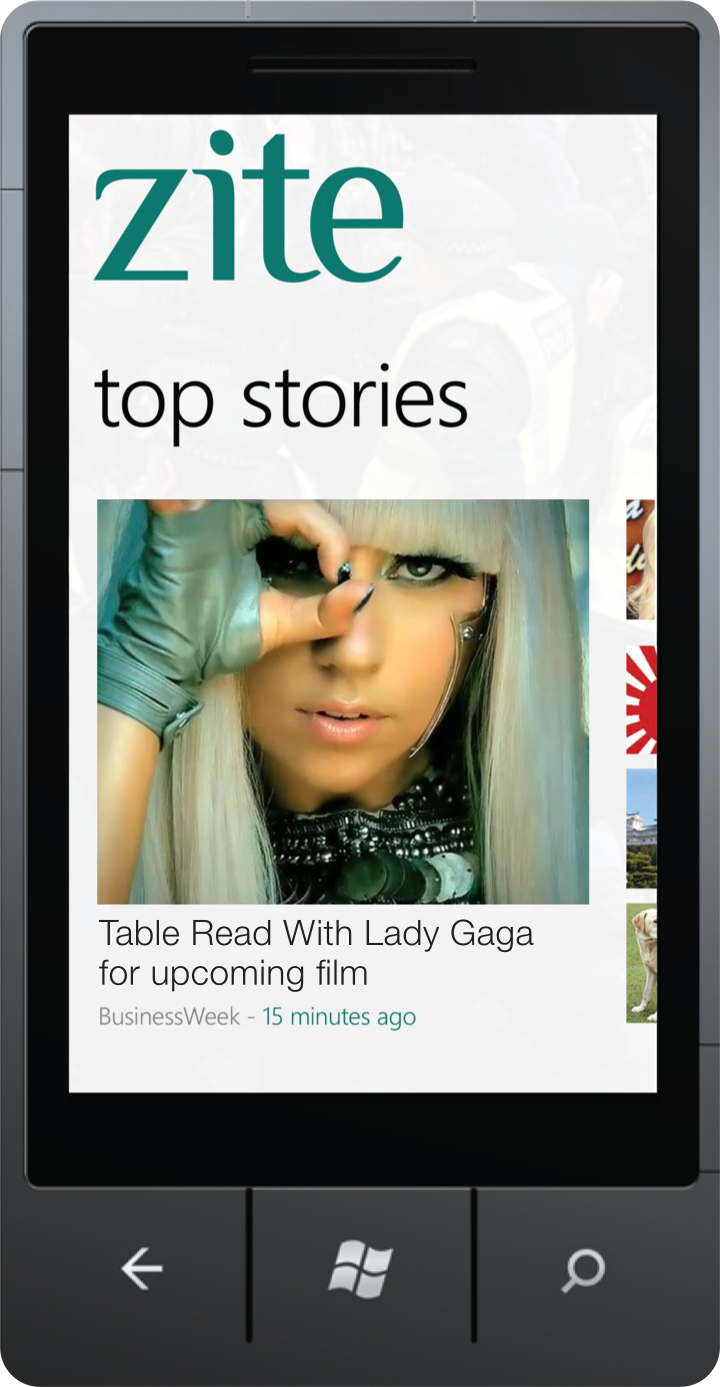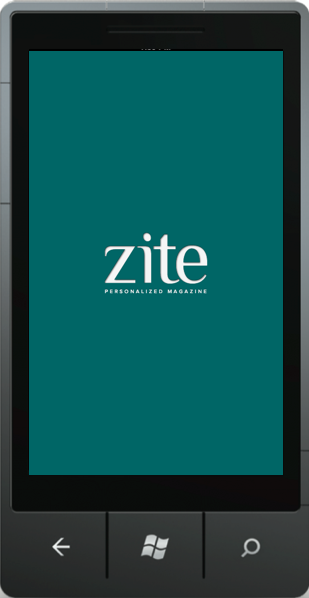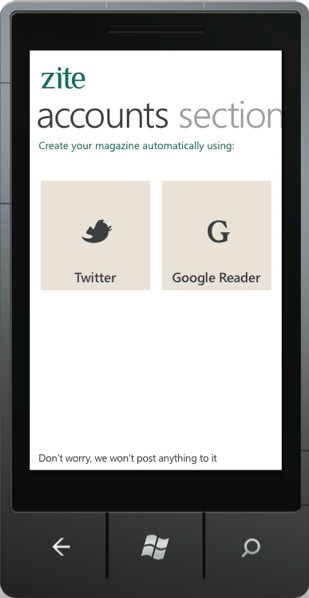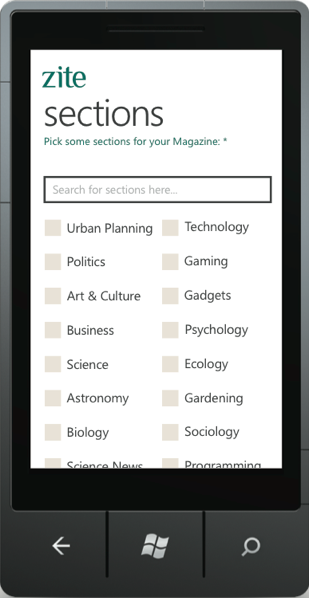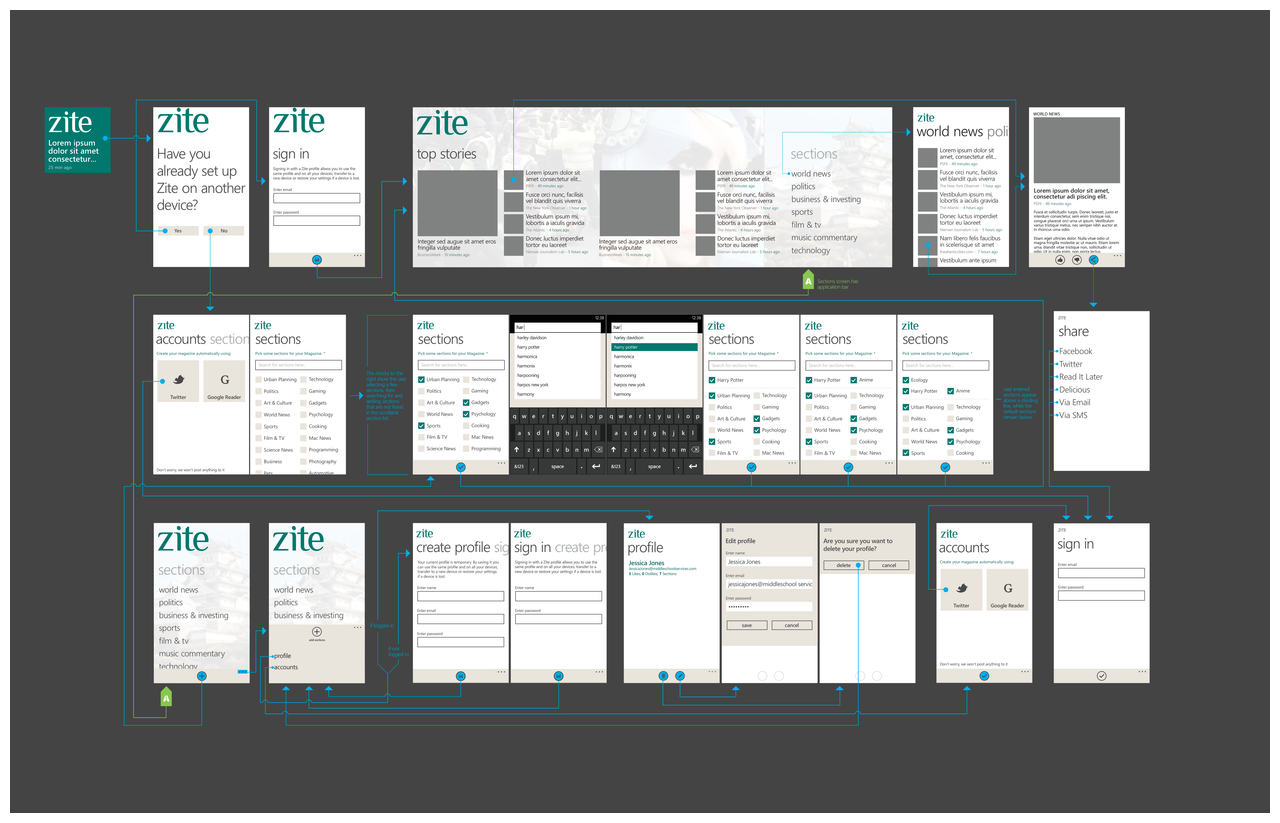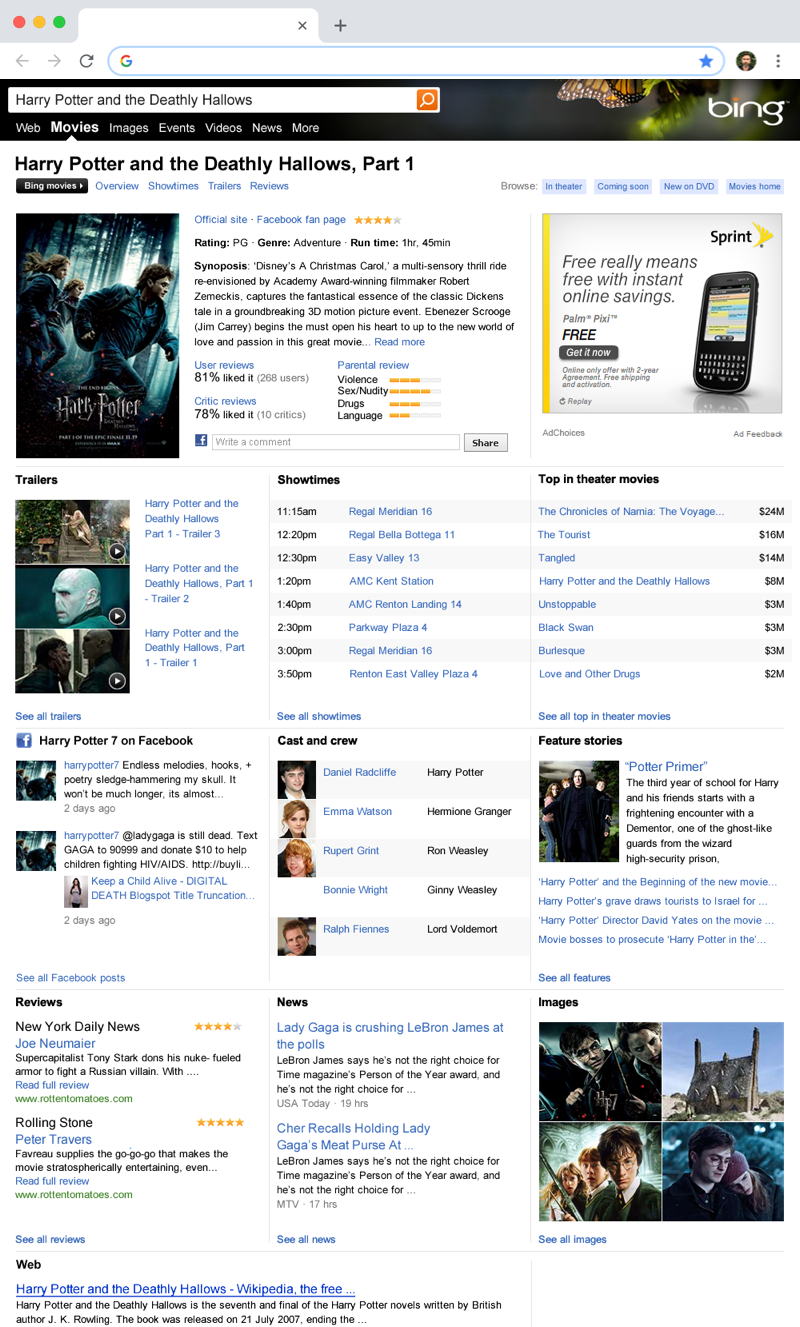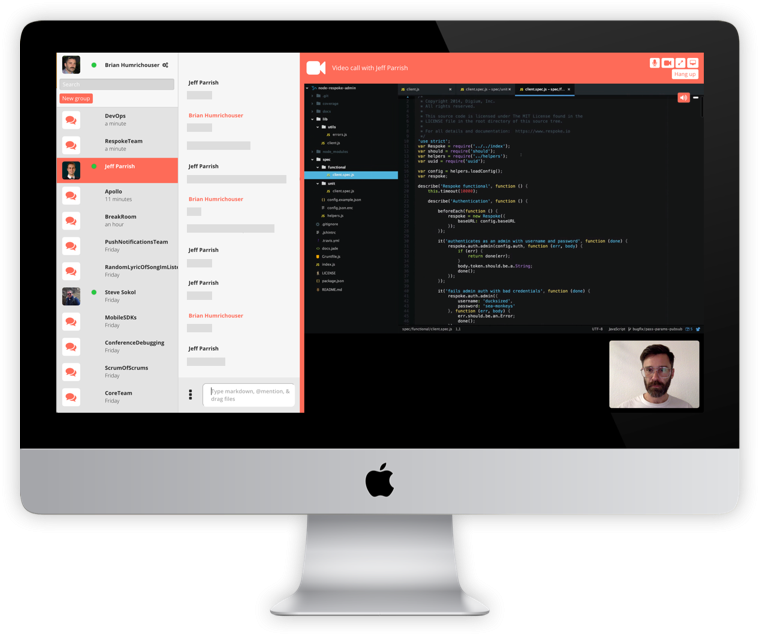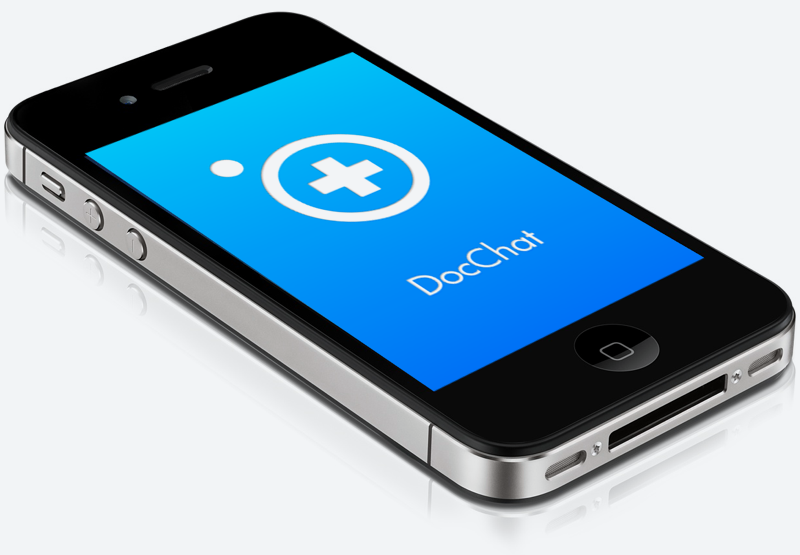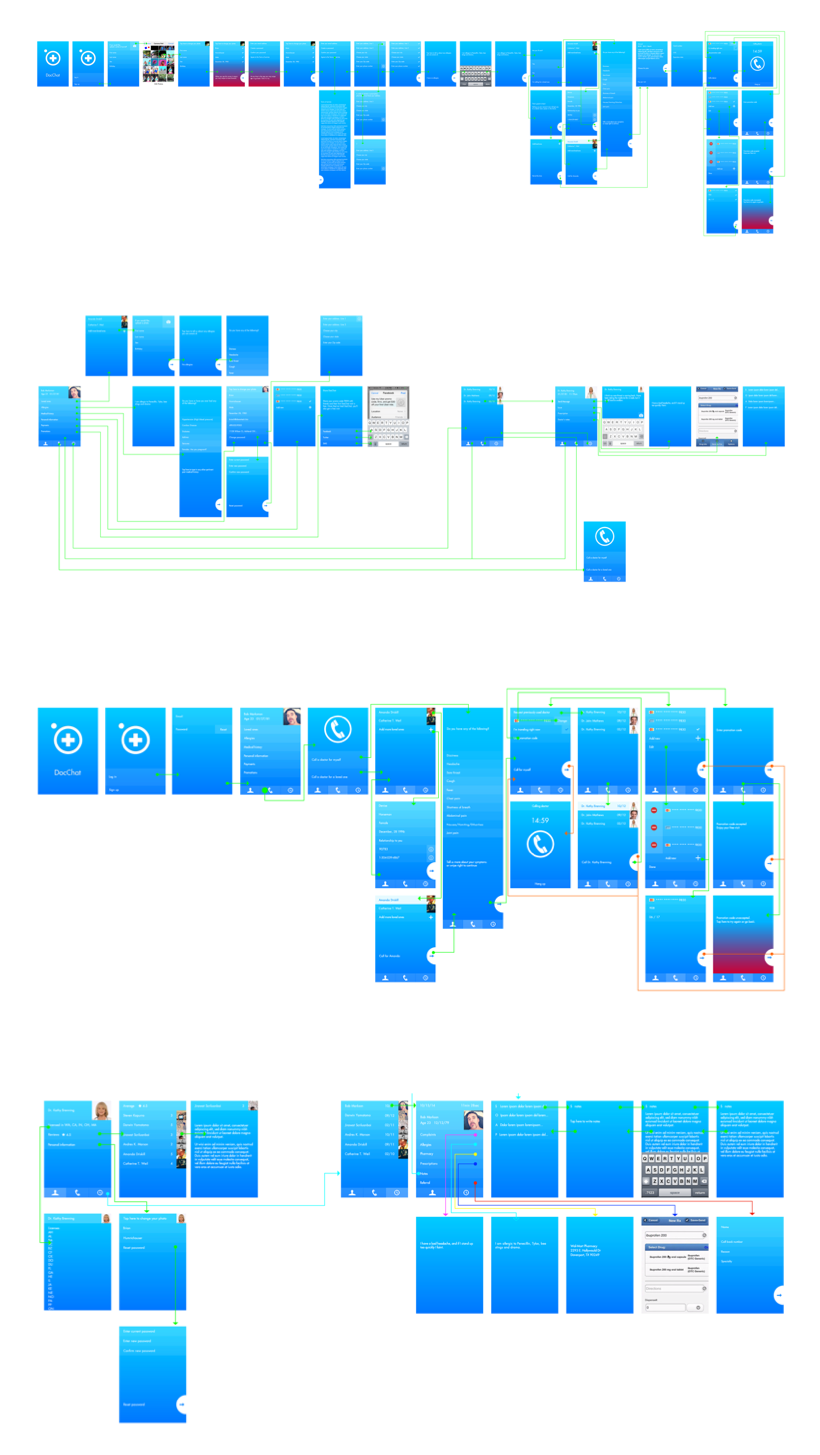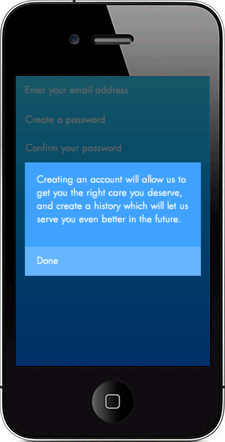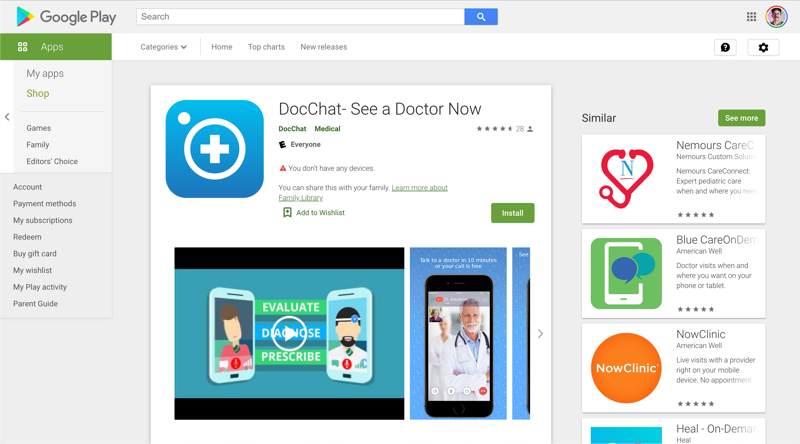Objective
Create an application that can keep a team connected through their phones, computers and tablets, via screen sharing, video chat, text chat, phone calling, groups, statuses. and more. The product would be released in sprints, using the agile system.
Outcome
We developed a multifaceted communications software. Syncing with mobile, tablet and web technology, keeping users up to date and in context at all times from anywhere, and providing a centralized location to keep all matters of project development.
Challenges
One challenge was developing a system which created a home for the plethora of features, while still presenting a clean UX/UI. Another challenge was releasing the application in sprints. We were working with a moving target.
Takeaways
Working in sprints was a great learning experience. The team was using the product as it was being developed. This allowed for informed feedback, and genuine user scenarios that would manifest naturally. It was a small team and we were able to make tweaks swiftly, and the product blossomed from this process.


